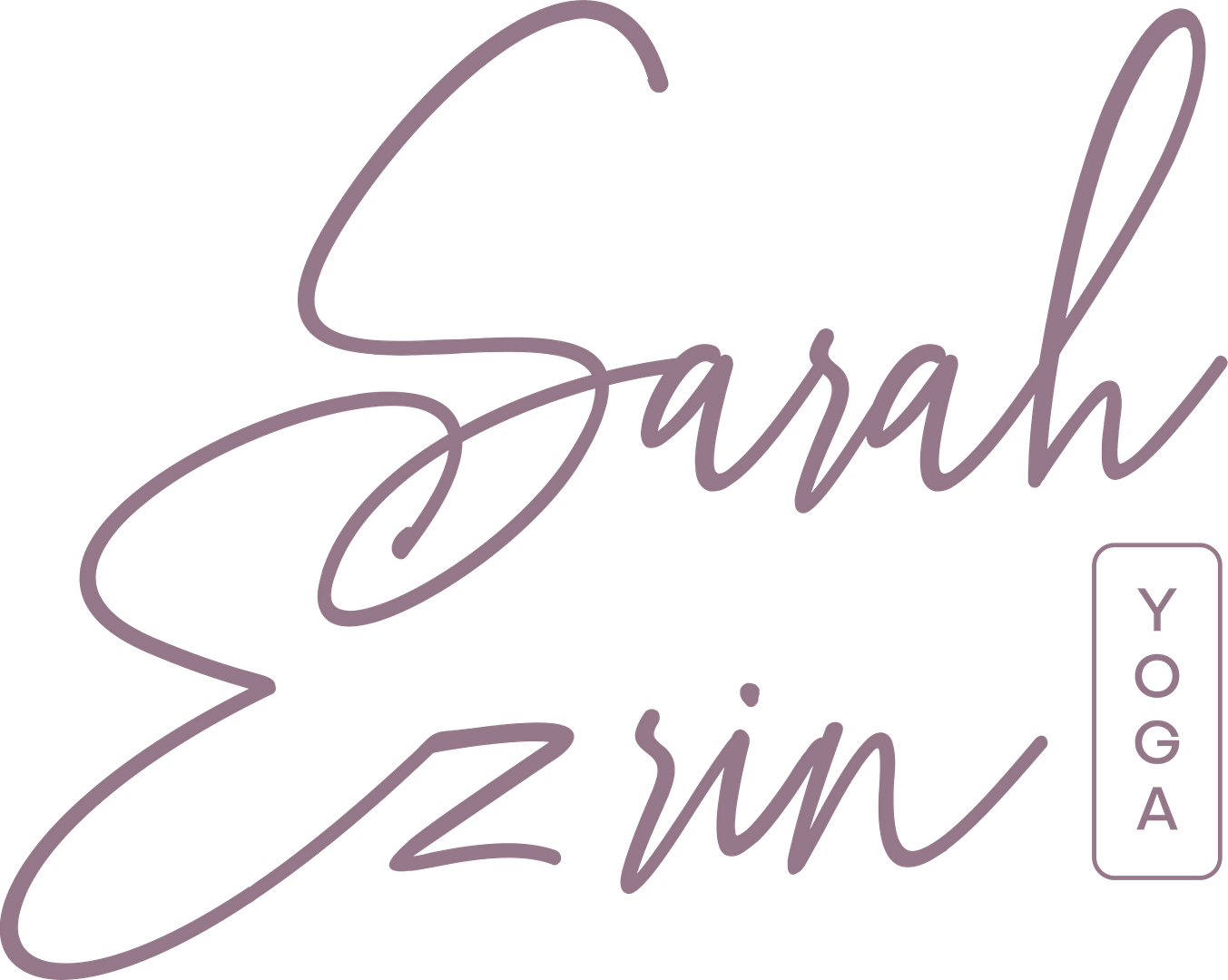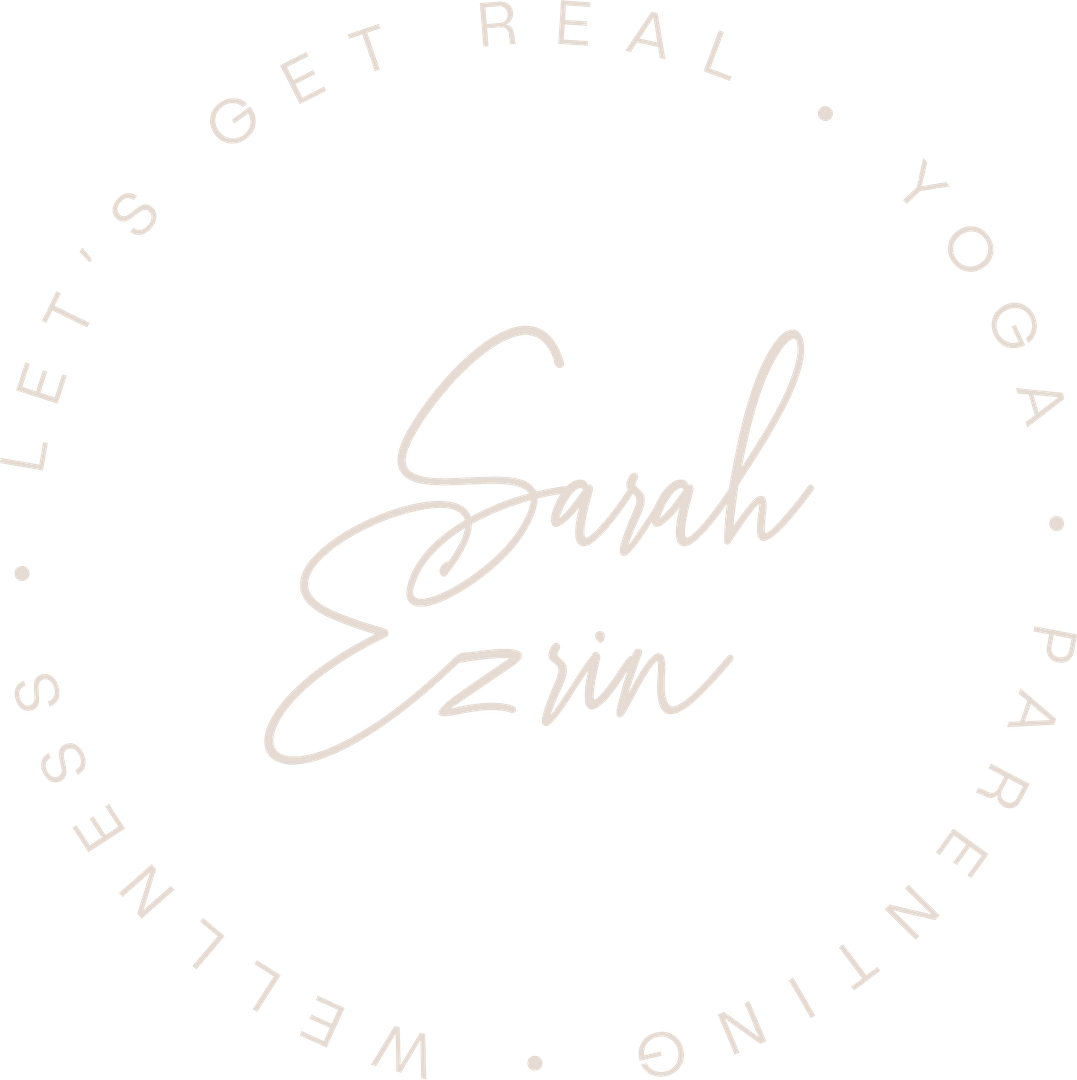When I moved from Los Angeles to San Francisco a lot of things changed especially my body. Whereas I used to have energy to do an intense daily practice, I found myself with very different needs. My life was a whirlwind, I had literally just “moved”, so instead of sweating through vinyasa after vinyasa, I needed a slower, more grounded pace. Being in prolonged transition, I craved dynamic work, which reinforces stillness within movement. And rather than contorting my body into multifarious shapes, I found myself wanting things uncomplicated, both on and off the mat! These are just a few of the numerous benefits of Level 1 classes.
Like many practitioners, when I first started doing yoga I went right into a Power Yoga class. I wanted to work hard, neglecting to recognize that I was already working hard 12 hours a day in the movie business. I practiced Power Yoga multiple times a week assuming beginner’s classes would be yawningly rudimentary. It was not until my first yoga teacher training that I went to a Level 1 class. It was one of the harder classes I had taken! The slower pacing allowed us to workshop certain alignment cues, instead of blowing right past them to the next vinyasa. This teaches students to align their body, so when they are in a faster-paced class that structure is ingrained. I had struggled with chronic shoulder issues and lower back pain. Slowing things down revealed weaknesses and helped me build the necessary strength to keep my body healthy.
People assume beginner’s classes are a lot of laying on the floor and stretching, but there is quite a bit of movement. The dynamic movement connects practitioners to their breath. Coordinating breath and action takes concentration, anchoring the mind. It is also a great way to learn how to cope with transition. Something that is harder to nail down in a faster paced class is exactly how one gets from point A to point B. When you are moving quickly or panicked, you tend to just want to get to the next place. Beginner’s classes slow the transitions down and teach you specific actions needed to set the next pose up patiently and intelligently.
Simpler poses prepare practitioners for the more advanced shapes. No yoga pose exists as an island. Each pose is a jigsaw puzzle of many different poses. Slowing down and focusing on a handful of postures allows the student to see those parts more easily. More accessible poses are generally made up of less parts. Learning the basic shape well prepares the practitioner on a physical and mental level for the more advanced variation. Just as learning to stay calm on the mat, teaches us to stay calm in real life.
Every practitioner of all levels would benefit from adding a Level 1 class into their repertoire. Lower level classes are far from easy. The shapes may be simple, but the work is deep.
Originally published on Yoganonymous May 11, 2016

